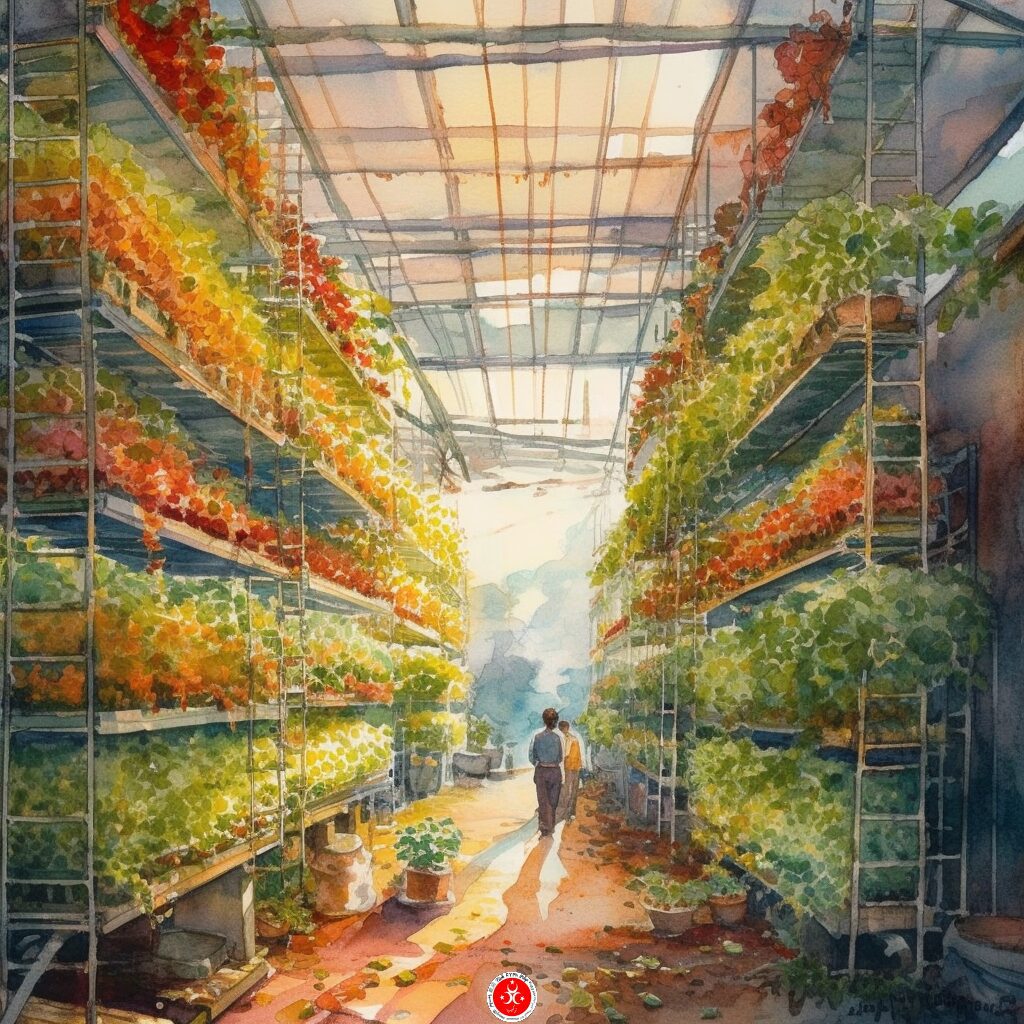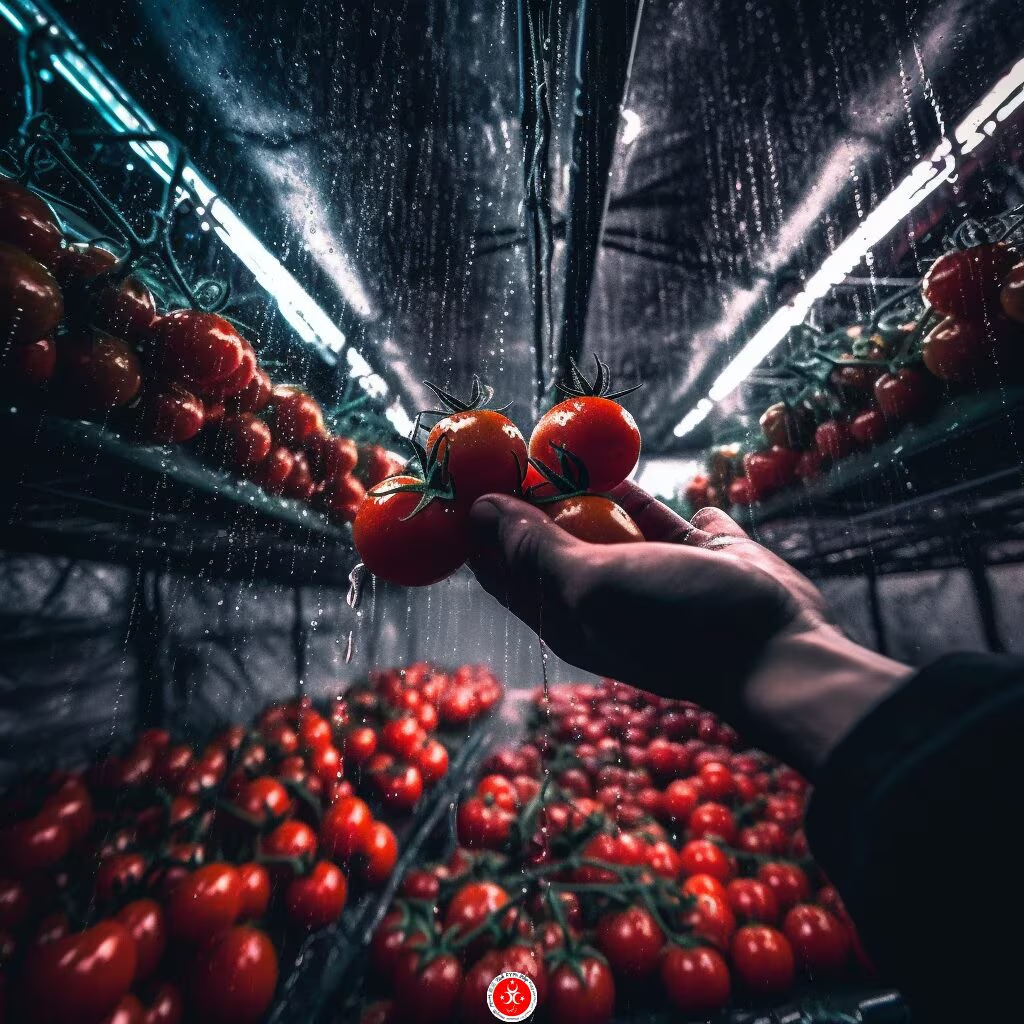Vertical Farming in Turkey: Market Analysis & Investment Outlook (2026)
Table of Contents
The romantic notion of traditional farming is facing a harsh reality. In an era where water scarcity and climate change threaten basic existence, Turkish agriculture is moving from the open fields into high-tech, controlled environments. This isn’t a blog post about futuristic gardening trends; it is a breakdown of a strategic necessity. Here is how Turkey is redefining food security through vertical farming.
We are moving beyond the theory to look at the hard numbers: investment costs, the 50% state grants available for 2025/2026, and the flagship projects that are currently outpacing many European counterparts.

Why Now? The Economic Imperative
Turkish agriculture is at a crossroads. Traditional methods are hitting their physical limits: soil erosion is real, and a growing population demands consistency. Vertical farming here is more than just an alternative; it is a precise tool against food price inflation.
By shifting production verticallywhether in warehouses or deep undergroundfarming is decoupled from the weather. The result? A 365-day harvest cycle, 95% less water usage, and zero pesticides. For investors and entrepreneurs looking at starting a company in Turkey, this offers the one thing traditional farming cannot: predictability.
Market Leaders: Who dominates the field?
While some international startups have come and gone (like the French project Agricool, which exited the Turkish market), strong local players have established themselves, setting international standards.
1. Farminova: The Giant in Antalya
Located in the Antalya Organized Industrial Zone, Farminova stands as a testament to Turkish engineering. Backed by the Cantek Groupone of the largest industrial players in Turkey—this facility represents an investment of approximately €2.5 million and is one of Europe’s largest active plant factories.
- Capacity: Millions of plants per year (Lettuce, Arugula, Basil).
- Technology: Fully automated climate control that outperforms conventional greenhouses.
- 2026 Status: The facility operates 24/7 and is now exporting its technology know-how globally.
2. The World’s Deepest Lab: Kağıthane, Istanbul
A project making global headlines is located 30 meters underground. At the Istanbul Indoor Vertical Farming Center (Kağıthane), the minus-8th floor of a municipal parking garage has been transformed into a futuristic farm.
Since its opening, the facility has produced over 6 tons of food. As the second deepest agricultural center in the world, it serves as a massive research laboratory. Crucially, the data collected here is made available to investors, significantly lowering the barrier to entry.
3. Tarlamvar: Technology for Everyone
While the giants supply the masses, Tarlamvar (brand ‘Tarlam’) brings the technology to restaurants and private homes. Using IoT supported systems, they supply high profile clients like Big Chefs, proving that decentralized production is commercially viable.

The Numbers: Costs, ROI, and Grants (2026 Outlook)
This is where we separate the hype from the business. Vertical farming is capital intensive, but Turkey offers very attractive incentives for the 2026 fiscal year.
What does it cost to enter?
Based on current market data, you should anticipate the following initial investments:
- Home Systems: 8,000 TL 15,000 TL.
- Commercial Pilot Units (approx. 100 m²): 120,000 TL to 220,000 TL, depending on whether Hydroponics or Aeroponics is used.
- Industrial Scale Facilities: 5 to 10 Million TL for fully automated systems.
Government Support: The KKYDP Program
The Turkish Ministry of Agriculture is serious about this transition. Under the Rural Development Investments Support Program (KKYDP), massive incentives are confirmed for 2025/2026:
- 50% Grant (Hibe): Non repayable support on eligible project costs.
- The Limits: Up to 20 Million TL for new facility installations and 16 Million TL for modernization projects.
Avoiding the Energy Trap
The biggest operational cost (OPEX) isn’t waterit is electricity for the LEDs and climate control. Smart investors in Turkey don’t just plug into the grid; they couple their facilities with renewable energy. We strongly recommend reviewing the top solar panel manufacturers in Turkey to drastically cut OPEX and accelerate your ROI from the standard 12-30 months.
Technology in Focus
It’s not just about stacking plants on shelves. Three core technologies drive the sector:
- Hydroponics: The industry standard. Plants root in nutrient rich water. Ideal for lettuce and herbs.
- Aeroponics: The “Formula 1” of farming methods. Roots hang in the air and are misted with nutrients. It saves even more water but requires higher technical maintenance.
- LED Spectrums: Modern LEDs do more than simulate sunlight; they use specific “light recipes” to manipulate taste, texture, and growth speed.
Outlook: Turkey as an Agritech Hub?
Recent foreign trade indices indicate that Turkey aims to defend its position as a major agricultural exporter. With upcoming projects like the one in Batman (a 30 Million TL investment projected for late 2025) and heavy state subsidies, the path is clear: Turkey is transforming from a simple grower into a technology provider.
Conclusion
Vertical farming in Turkey has outgrown its infancy. It is now a sector for practitioners and investors willing to trade high initial capital for long-term security and government grants. Those who enter nowand keep their energy costs in checkare investing in the inevitable future of food production.
Frequently Asked Questions (FAQ)
- Is vertical farming profitable in Turkey?
Yes, the ROI typically falls between 12 and 30 months, heavily dependent on energy efficiency and the ability to market premium products. - Are there government grants available in 2026?
Absolutely. The KKYDP program offers up to a 50% grant for investments, with a cap of 20 Million TL for new facilities. - How does it differ from a greenhouse?
Vertical farms are fully enclosed systems without sunlight (LED only). They use significantly less space and water but have higher energy costs than classic greenhouses. - Which crops are most profitable?
Short cycle leafy greens like basil, arugula, and lettuce are currently the most profitable due to their fast turnover and high market prices.








